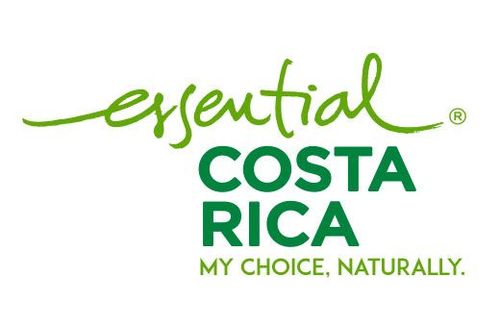Where travel agents earn, learn and save!
News / The Sloth becomes Costa Rica's newest national symbol
Two-Toed Sloth and Three-Toed Brown Sloth, two of the six sloth species in the world, became national symbols of Costa Rica!
In August, the Two-Toed Sloth (Choloepus Hoffmanni) and Three-Toed Brown Sloth (Bradypus Variegatus), two of the six sloth species in the world, became national symbols of Costa Rica. The Costa Rica Tourism Board honors this important milestone and the goal to further improve conservation efforts for the iconic animals this upcoming International Sloth Day, celebrated globally on October 20.
Read on to learn how you can responsibly spot sloths in Costa Rica and how they are cared for at several wildlife sanctuaries in the country.
Why was the Sloth declared a National Symbol of Costa Rica?
Of the things that North Americans associate Costa Rica with, the sloth is perhaps one of the most well-known and significant, and one of the animals that visitors look forward to spotting during their travels.
Alongside other culturally important national symbols such as carretas (traditional oxcarts used to transport coffee beans), the Guanacaste tree (fondly known as the elephant-ear tree), and the sing-songy bird species Yigüirro, sloths represent the country, Costa Rican people and years of tradition. Lawmaker Yorleny León Marchena, who initiated the drafting of the petition to recognize these animals as a national symbol, likened the sloth’s easy-going, relaxed lifestyle to the peaceful Costa Rican “Pura Vida” mindset which focuses on a living life with little stress and nourishment of the mind, body and soul.
Sloth Spotting in Costa Rica
Of the six sloth species in the world, Costa Rica is home to two unendangered subspecies – the Two-Toed Sloth (Choloepus Hoffmanni) and Three-Toed Brown Sloth (Bradypus Variegatus). Both species are typically spotted in tree canopies around the country, though they can be difficult to spot as their fur blends in well with the vegetation. While sloths can be spotted all throughout Costa Rica, Manuel Antonio National Park, Limón, Monteverde, the Osa Peninsula, Arenal, and Tortuguero are great places to start.
It is recommended that travelers book tours with tourism board approved, responsible and knowledgeable guides, who can easily spot sloths from a distance using a telescope. It is important to remember that petting, touching and holding a sloth (or any wild animal) in Costa Rica is illegal.
How to Safely View a Sloth
Travelers are invited to take photographs of Costa Rica’s wildlife, however, the Government of Costa Rica provides a series of recommendations to avoid cruelty to animals and support environmental conservation efforts in the country through its #StopAnimalSelfies campaign. The Government recommends that travelers avoid hugging or holding wild animals, as this promotes the exploitation of wildlife and can put the individual and animal in danger. Practice responsible tourism by keeping a safe distance from the animal when taking photos.
By visiting wildlife rescue centers such as Rescate Wildlife Rescue Center, Kids Saving The Rainforest, Las Pumas Wildlife Sanctuary and Natuwa Wildlife Sanctuary, travelers can help sloths and other wild animals return to nature through extensive rehabilitation programs, where human contact is kept at a minimum and the animal learns to re-develop their natural instincts.
In the event that a sloth cannot be re-released back into the wild, perhaps due to a physical injury like “Osito the Sloth” (pictured above) at Las Pumas - who suffered a birth injury rendering his hind legs nonfunctional, the sanctuaries provide enclosures similar to their natural habitat and offer educational information to visitors on why an animal cannot be re-released, what their diet looks like and typical enrichment activities that support their care and quality of life in captivity.
Several organizations and sanctuaries invite visitors to adopt a sloth or wild animal and support their rehabilitation. Travelers will receive an adoption certificate, as well as photos and updates on the animal.











